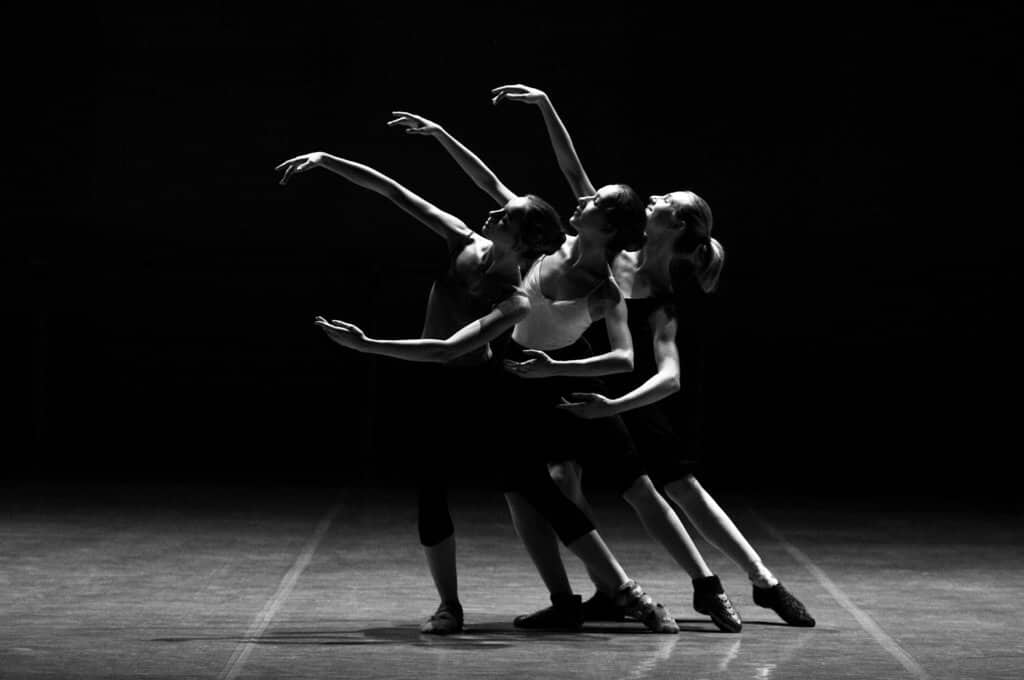
Step One: Identify A Stimulus
A simple way to begin the process for structuring a dance is to firstly have a stimulus. This could be anything from a topic being learnt in the classroom such as a particular period or event in history or something as simple as a particular shape or an interesting piece of poetry. The music itself can also be a stimulus for a dance. Or something from contemporary life such as the news or social media.
Step Two: Develop the Theme and Narrative
Each dance can be viewed as telling a story with a start, middle and end. Each paragraph of the story or each section of the dance showing us, or developing, different ways of moving all relating to the theme. Examples of developments may be using the 5 dance actions, the use of unison, canon or formations as well as working individually, in pairs or small groups. The use of levels and ways to travel around the space can also be developments. Below is a brief example of how to structure a dance:
- Theme: Circles
- Beginning: Dancers enter the stage as two lines and create 2 circles centre stage. Preform hand movements in canon whilst sitting.
- Section 1: Dancers move from the circle to a space and perform circle motif (Group of movements) in unison.
- Section 2: Dancers move to small groups and show their own choreography linked to the theme of circles for 16 counts. Perform in canon.
- Section 3: Form again as one large circle and repeat hand motif.
- Finish: Back in small groups holding a circle inspired freeze position.
Step Three: Use a RECIPE
Once the theme has been chosen and the overall story of your dance has been planned, construct your lesson using the simple acronym of RECIPE.
R – Recap. Explain the theme to the dancers, introduce movement relating to the dance in the warm-up.
E – Explore the movement for the dance. Creating motifs (groups of movement relating to the theme). Explore the use of timing to the music, canon, unison, formations, paired work, group work etc. Action, Space, Dynamics and Relationships and the 5 body actions in dance and stillness.
C – Create. This is time for the dancers to practice and to remember the order for the dance as well as creating any of their own choreography.
I – Intervention. What ways can you challenge and support? Are the children using the space safely? Using correct posture. Are they counting the beats?
P – Performing. The dancers may all perform whilst the teacher films for them to watch. Half a group may perform at a time or small groups. Encourage a respectful audience.
E – Evaluate. What went well and how could we improve “2 Stars & A Wish” 2 positive comments and one area for improvement if we had more time.
Step Four: Create (or Download) Resource Cards
Lesson (teaching and learning) resource cards can help to support and prompt pupils in the exploration and extension of the choreography and or motif. Some useful resources from PE Scholar are linked below:
- 5 Body Actions in Dance
- Selection of Dance Resource Cards – this resource includes:
- Styles of Dance
- Motif Development
- Dynamic Cards
- Action, Space, Dynamics and Relationships
- 3 Stars and 1 Wish
I hope this helps to inspire your choreography, dance and motif development. Good luck!


Responses